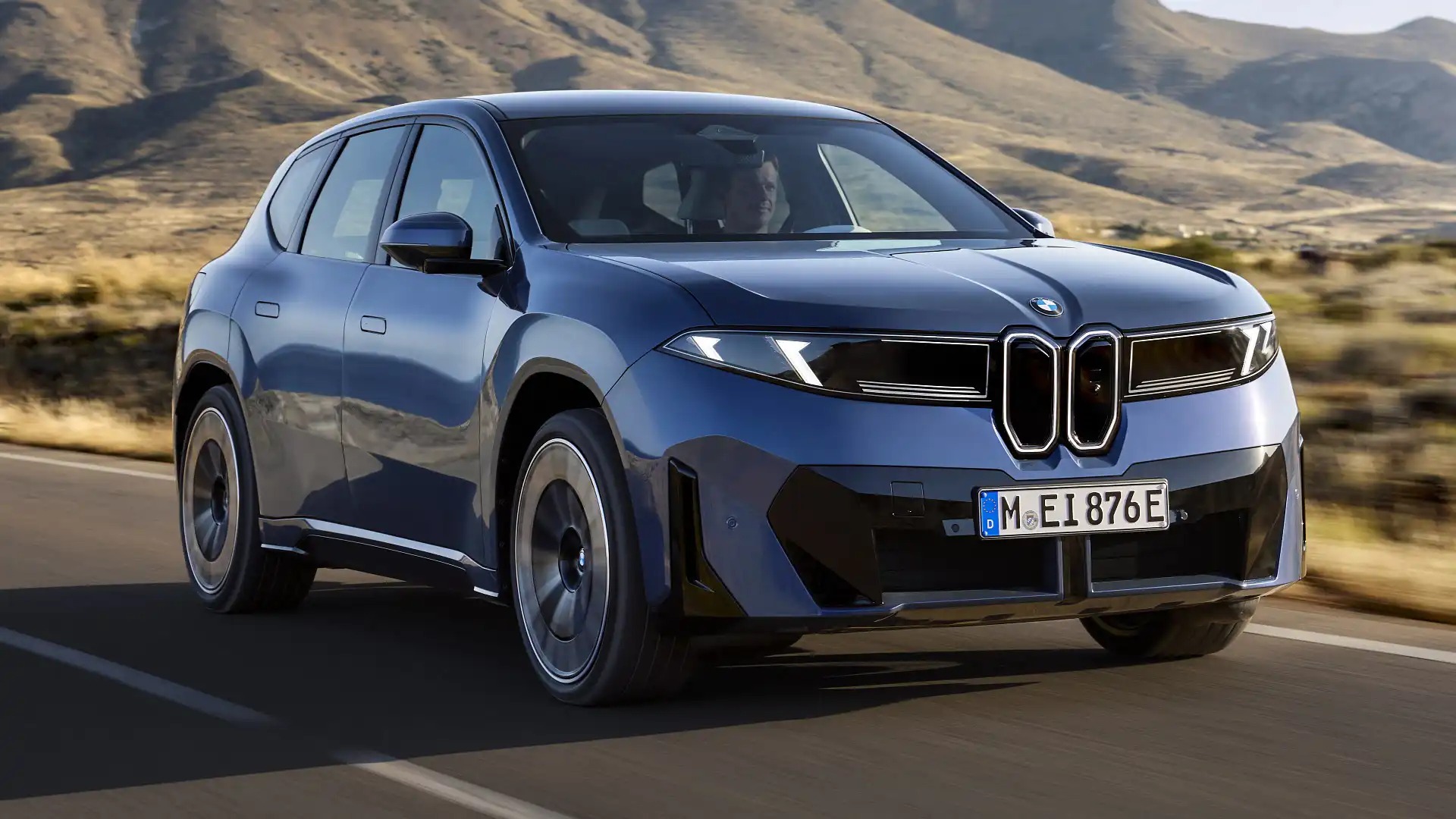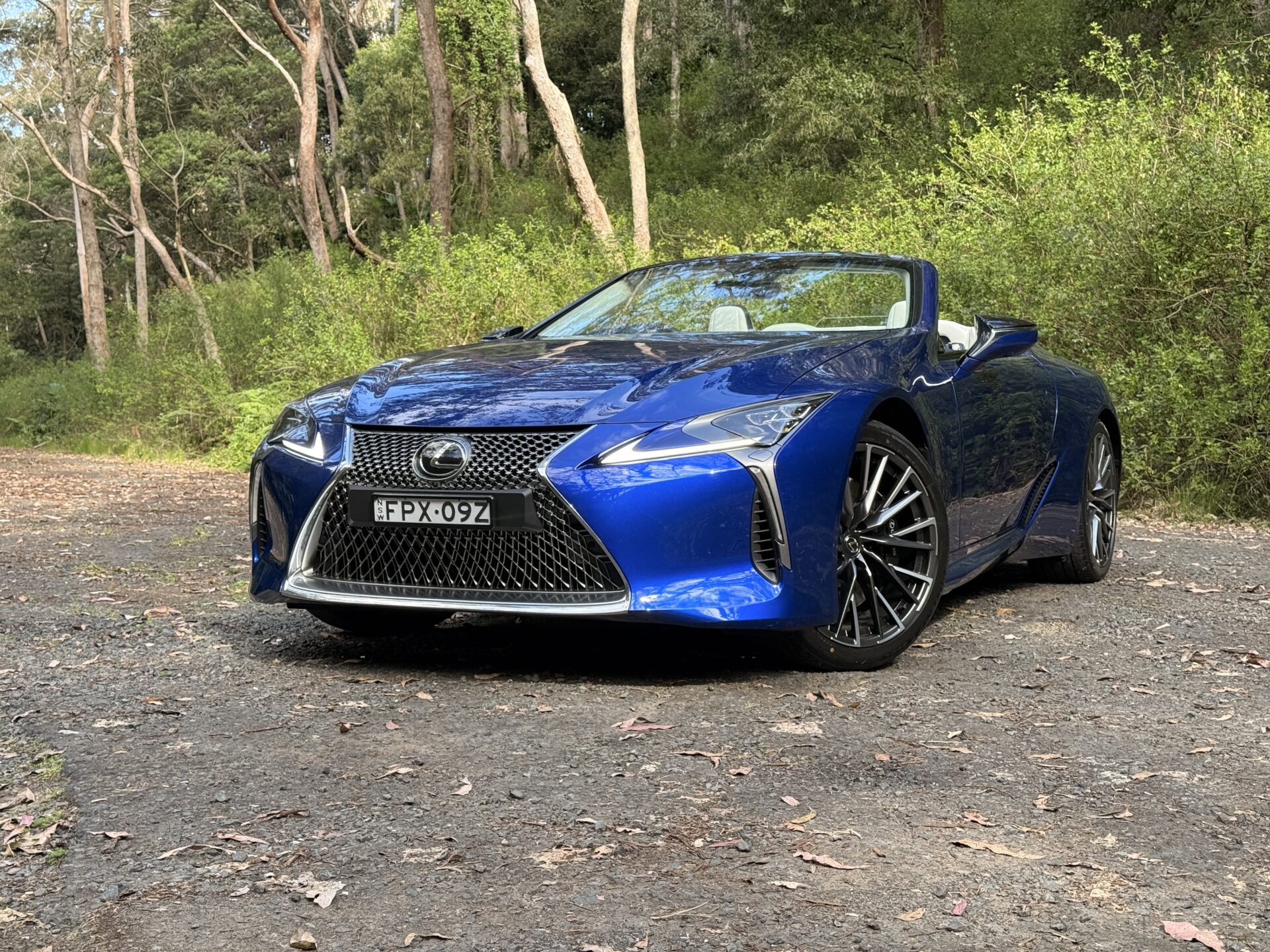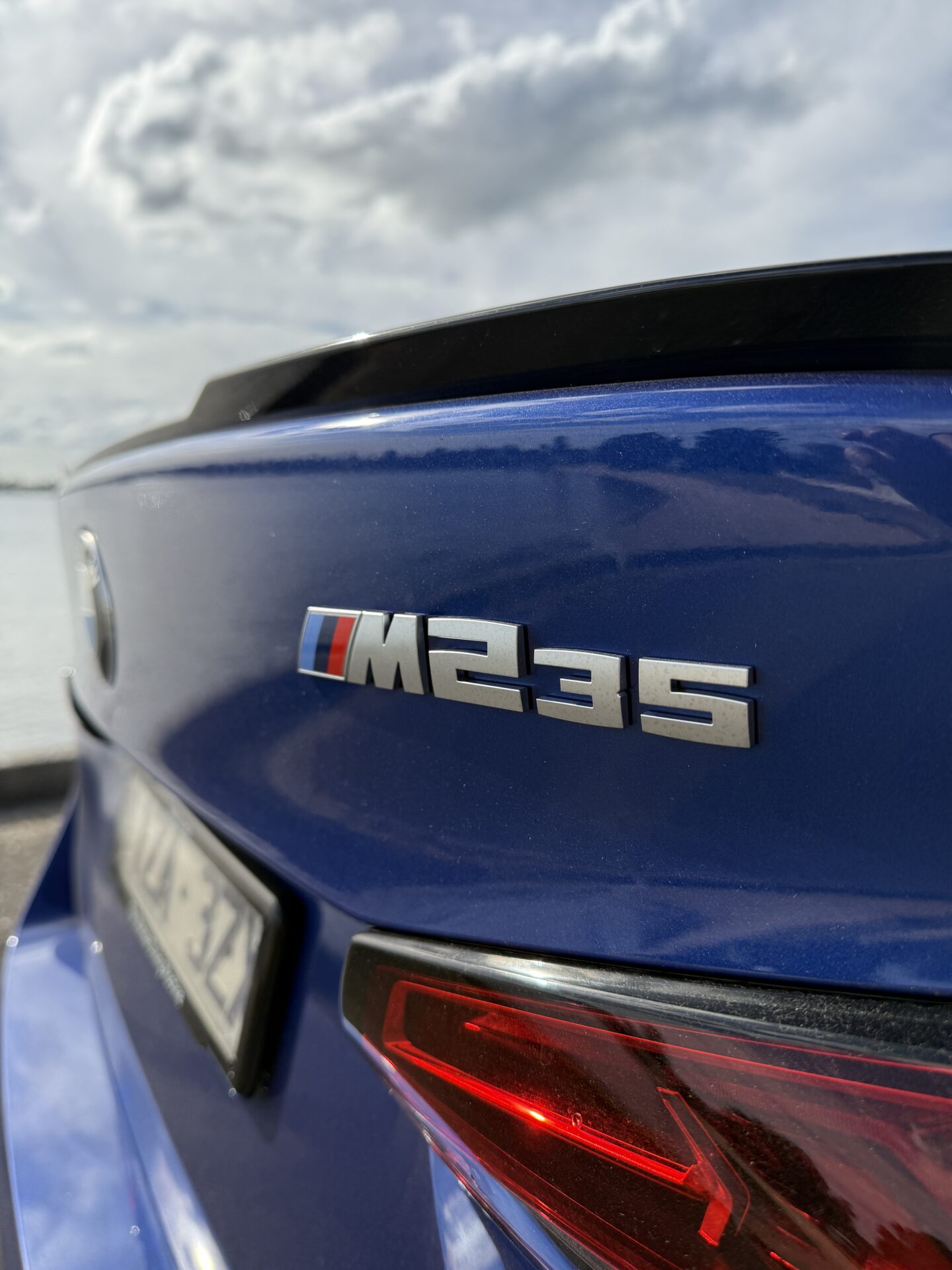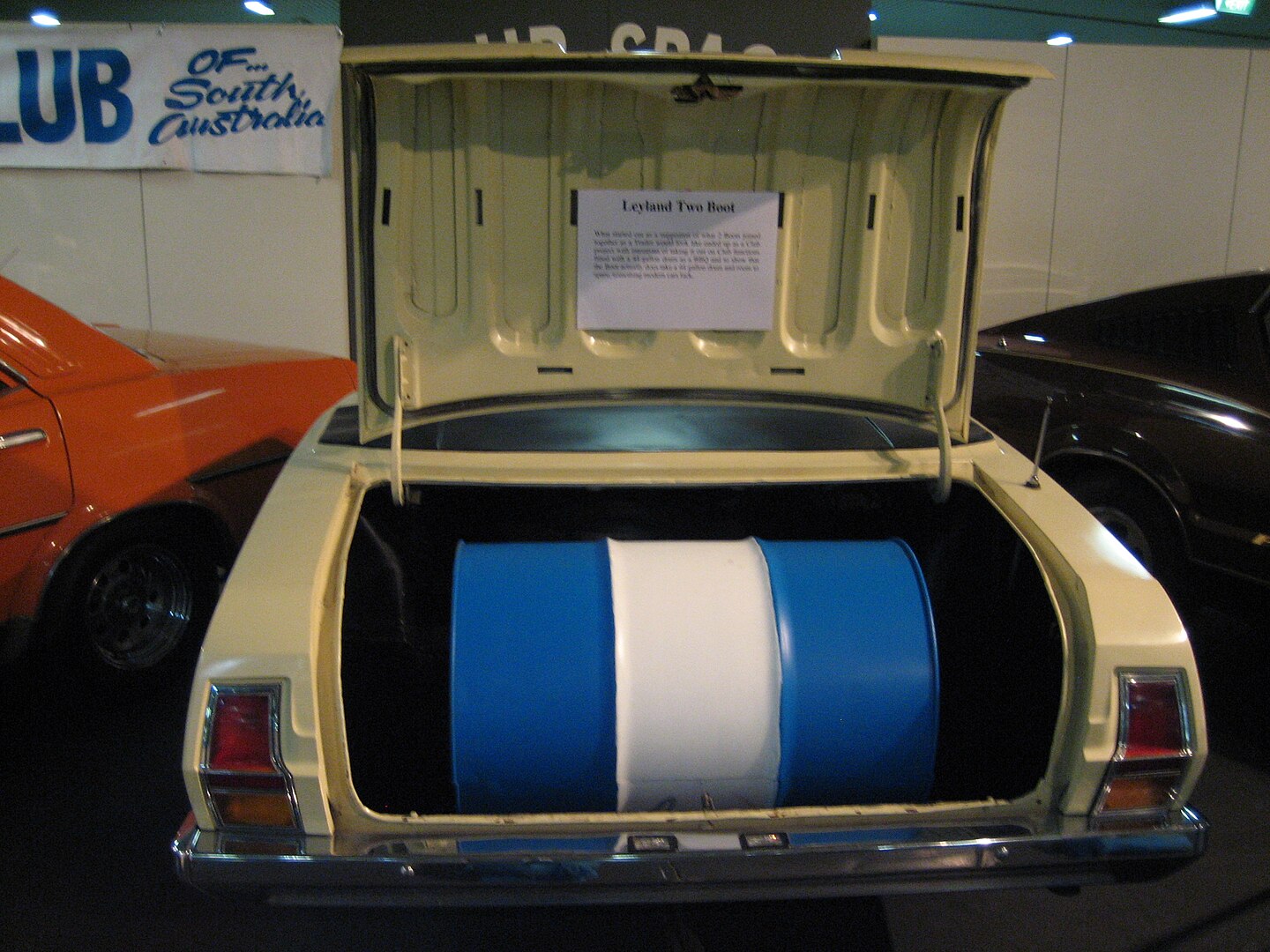The new second-gen BMW iX3 EV has been unveiled at last, following its reveal as a concept back in March 2024.
To its credit, BMW has maintained most of the themes promised with its ‘Neue Klasse’ styling language, if not quite all of the details.
Most of the key elements are there, at least, with the ultra minimalist and retro-inspired kidney ‘grille’ flanked by a gloss black lighting panel that, while no longer presented with a true ‘3D’ look, shows a clear connection to the concept.



The rear feels much more closely tied to that original 2024 show car, with the long and slender tail lamps jutting out from the body to create a wholly new signature for drivers further back in the queue to admire.
You’d be forgiven for thinking, at first glance, that the mid section of the new iX3 is identical to the new X3 that launched last year – but roll them side-by-side and it’s clear there’s a more athletic look to the iX3.
Compared to the new X3, it looks, frankly… less fat. Despite that, the new model is 48mm longer and 5mm wider than the previous iX3, but sits 33mm lower on a wheelbase stretched by the same 33mm.
Underneath that svelte body, it’s a completely different architecture, built on a dedicated EV platform rather than a converted petrol car (as the previous model was).




The Australian launch model, the iX3 50 xDrive, packs a punch with dual motors delivering a combined 345kW and 645Nm, hitting 100km/h in a brisk 4.9 seconds.
The headline act is the massive 805km of WLTP-tested driving range squeezed from its hefty 108kWh battery. The big battery is partly to thank for that, but the new motors were also redesigned to cut energy loss by 40 per cent.
Thanks to a new 800-volt architecture, it can theoretically charge from 10 to 80 per cent in just 21 minutes, if you can find one of the two public 400kW chargers in the country. (Otherwise, it’ll be 32 minutes at up to 150kW.)




Inside, the tech is just as radical, if BMW’s telling of things is any guide.
The entire system is run by four high-performance computers BMW calls ‘super-brains’. The safety system’s brain, for example, reacts 20 times faster than the old setup.
This centralised computing also cuts the car’s wiring harness by 30 per cent, shedding weight.
The dash is dominated by a letterbox 43.3-inch ‘Panoramic iDrive’ screen that stretches across the windscreen’s base, paired with a pretty cool parallelogram-shaped 17.9-inch central touchscreen.
There’s bugger-all buttons, though, so… do with that knowledge as you will.

The standard interior is trimmed in ‘Veganza’ synthetic leather, with M Sport packs adding options for fabric or full Merino leather.
It’s not all utopian delights, though; while you get a decent 520-litre boot, the frunk offers a ‘mere’ 58 litres of space – barely half that of a Tesla Model Y.
The whole package sits on 20-inch wheels as standard, with options stretching up to a massive 22 inches to fill the arches.

BMW is also pushing the sustainability angle with the new iX3, claiming its lifetime carbon footprint is significantly smaller than that of a comparable combustion-engined model.
The company attributes this to measures like using leather-free interior trims, reducing CO2 emissions during the production process, and increasing the use of recycled materials throughout the vehicle.
Based on its calculations, the iX3’s environmental advantage kicks in once it has covered around 21,500 kilometres. Impressively, if you charge the iX3 exclusively with renewable energy, that break-even point drops to just 17,500 kilometres.
When will the new 2026 BMW iX3 come to Australia?
The 2026 BMW iX3 is slated to arrive in Australian showrooms from mid-2026, built in a new factory in Hungary, with pricing to be confirmed closer to launch.





Leave a Reply